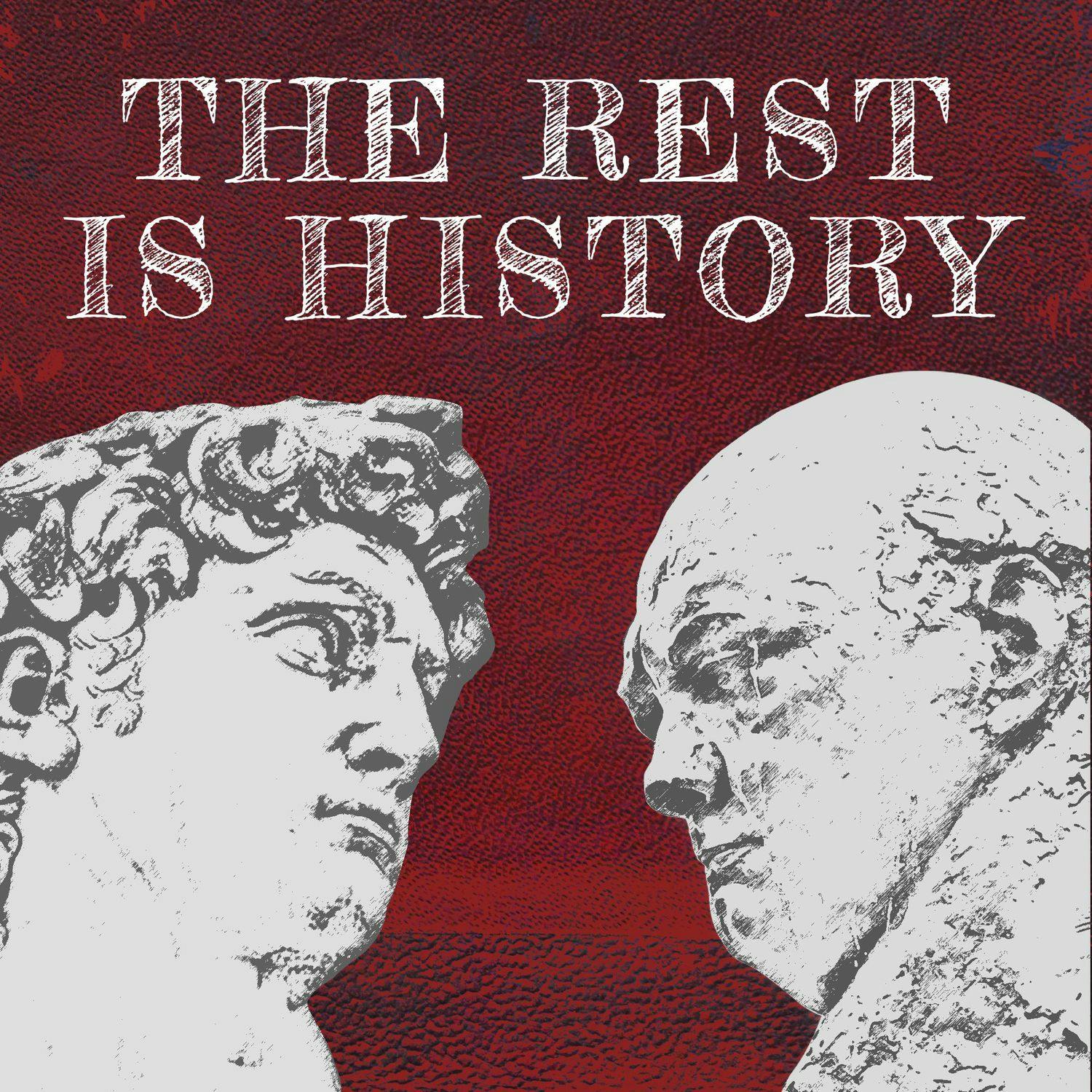
484. The Food that Changed the World

The Rest Is History
Deep Dive
- Pasta production in Sicily predates Marco Polo.
- The myth of pasta's introduction by Marco Polo was created by the US Pasta Manufacturers Association.
Shownotes Transcript
The unexpected evolution of Italian food can serve as a tantalising doorway into some of the greatest moments of Italian history: from medieval monarchs, murdered popes, and the Renaissance, to secret societies, and Mussolini’s fascist propaganda. Yet the history of Italian food is also riddled with myths and ambiguities, particularly the rustic, romantic idea of it as deriving in the homes of rural peasants. In truth, though the distinctive culinary identity of different Italian cities endures - rising and falling with the fates of their cosmopolitan foundations - the beloved Italian staples of today bear little resemblance to their historical antecedents. For instance, Venetian food was once renowned for its Middle Eastern spices, and an alarming quantity of eels, sweetbreads and sugar is recorded from a feast in Renaissance Ferrara. When was it, then, that Italian food developed its unique identity and reputation? Can it in any way be traced back to the food of the Roman Empire? Did pasta really originate in China before being brought to Europe by Marco Polo? And, does margarita pizza really originate in the whims of a famous 19th century queen?
In today’s episode, Dominic and Tom are joined by historian John Dickie to indulge in a colourful journey through the piquant history of Italian food, dispelling and corroborating a few enshrined myths and legends as they go…
The Rest Is History LIVE in the U.S.A.
If you live in the States, we've got some great news: Tom and Dominic will be performing throughout America in November, with shows in San Francisco, L.A., Chicago, Philadelphia, Washington D.C., Boston and New York.
The Rest Is History LIVE at the Royal Albert Hall
Tom and Dominic, accompanied by a live orchestra, take a deep dive into the lives and times of two of history’s greatest composers: Wolfgang Amadeus Mozart and Ludwig van Beethoven.
Tickets on sale now at TheRestIsHistory.com
Twitter:
@TheRestHistory
@holland_tom
@dcsandbrook
Producer: Theo Young-Smith
Assistant Producer: Tabby Syrett
Executive Producers: Jack Davenport + Tony Pastor
Learn more about your ad choices. Visit podcastchoices.com/adchoices)